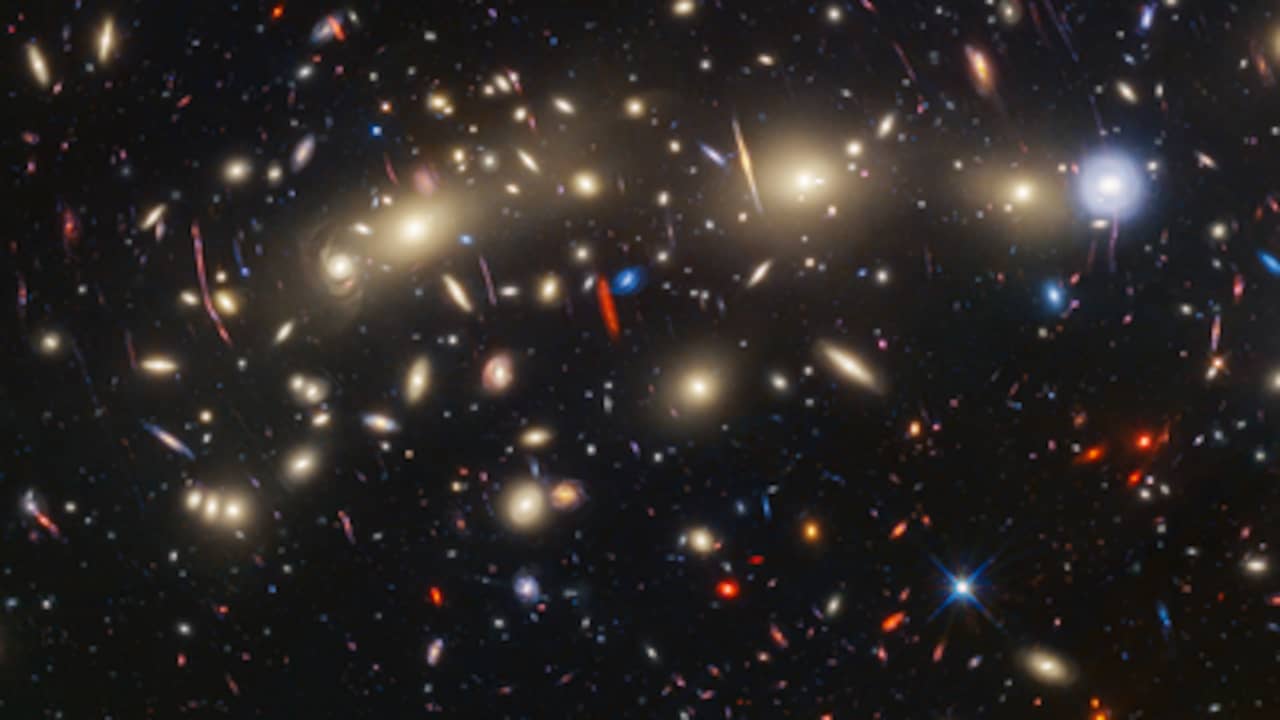There are several ways to measure distances in space. It depends on how far something is from Earth. Astronomers call this Cosmic distance ladder (Literally: the ladder of cosmic distance). The further away the object is, the more calculations there are.
The distance of objects relatively close to the Earth is measured using lasers. They are transmitted from Earth via satellite to an object (such as a planet or moon) at the speed of light. It then measures how long it takes before it bounces back. So, we look at how long it takes light to reach the object.
In this way, for example, the distance between us and other planets in our solar system has been calculated with millimeter precision. But the universe is unimaginably large, and most objects are too far away to be reached with a laser. Stars are easier to see because, unlike planets, they have their own light source.
Because objects in space are always moving (just like the Earth itself), they never stay in the same place in our starry sky for long. Based on these different positions, astronomers can mathematically calculate how far these stars are from us. This is called the parallax method. This is relevant for stars less than 100 light-years away.
For more distant stars, a fairly accurate estimate can be made based on brightness. This is done by looking at the difference between the star at its brightest and the moment the light diminishes. (This is why the stars appear to twinkle or twinkle.) Next we need to know the size of the star.
For stars more than a billion light-years away, we can only make an estimate. This is because those objects are so far away that we have no way to accurately calculate the distance. Scientists can often make well-founded estimates based on what we know, but it's still just a guess.
Such an estimate becomes more difficult because the universe is expanding and thus the distance between objects is increasing. Think of a balloon on which you draw two dots. The more you blow the balloon, the greater the distance between the two points.
Because we only see anything when light reaches us, we actually look back in time when we explore space. The farther away an object is, the longer it takes light to reach us. When you see a star or planet one light-year away, you are actually seeing what it looked like a year ago.
The farthest galaxies we can see are about 13.5 billion light-years away. This means that they have already been around for 13.5 billion years, but light has only reached us now. We can only see them with very powerful telescopes, such as the Hubble Telescope and the James Webb Telescope.








More Stories
GALA lacks a chapter on e-health
Weird beer can taste really good.
Planets contain much more water than previously thought